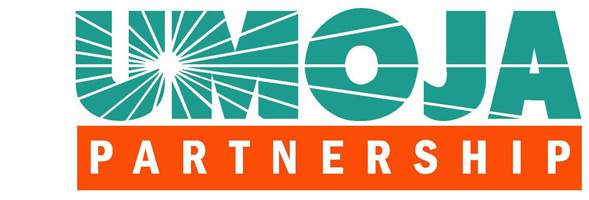Celia Booher, Indiana Program Coordinator
When I am explaining Global Interfaith Partnership to others, I find myself getting caught up in lengthy phrases and tangled terms. My first impulse is to quantify our work — 3,000 children fed lunch at school daily, 128 students attending high school, etc. — but that does not capture the essence of the Umoja Project.
At the core, we are about relationships. The Umoja Project evolved out of thoughtful conversations between congregation leaders and educators.
Many Americans ask questions about metrics and objectives. I sometimes get flustered because that is not the only measure of success. Of course, we are proud and excited when our students perform well on school exams. The Umoja family plays a role in transforming the lives of many young people in many ways. But to scientifically measure our effectiveness, a control group is needed. It is unfathomable to think of denying food to a child just to measure if the nourished child performs better in school.
It has occurred to me that the Umoja Project is about friendship. If you had a friend in need, you would not march into his or her home with a list of objectives and start moving things, installing things, “improving” things. You would sit with your friend and say, “Tell me what’s going on.” and “I’m here for you.” Then you might ask, “How can I help?” You listen as your friend shares struggles and accomplishments, respond to the particular situation that your friend is in, and act on the suggestions he or she puts forth. That is what the Umoja Project does.
The people with the money don’t necessarily have the solutions, and the people “in need” are not obvious. In discussing issues large and small, we forge relationships and learn more from each other than we ever thought we would.
There’s a wonderful saying that all we are doing on this earth is walking each other home. The greatest gift we give each other is to walk together through this life, always saying “Tell me what’s going on,” affirming “I’m here for you.” and asking “How can I help?”
